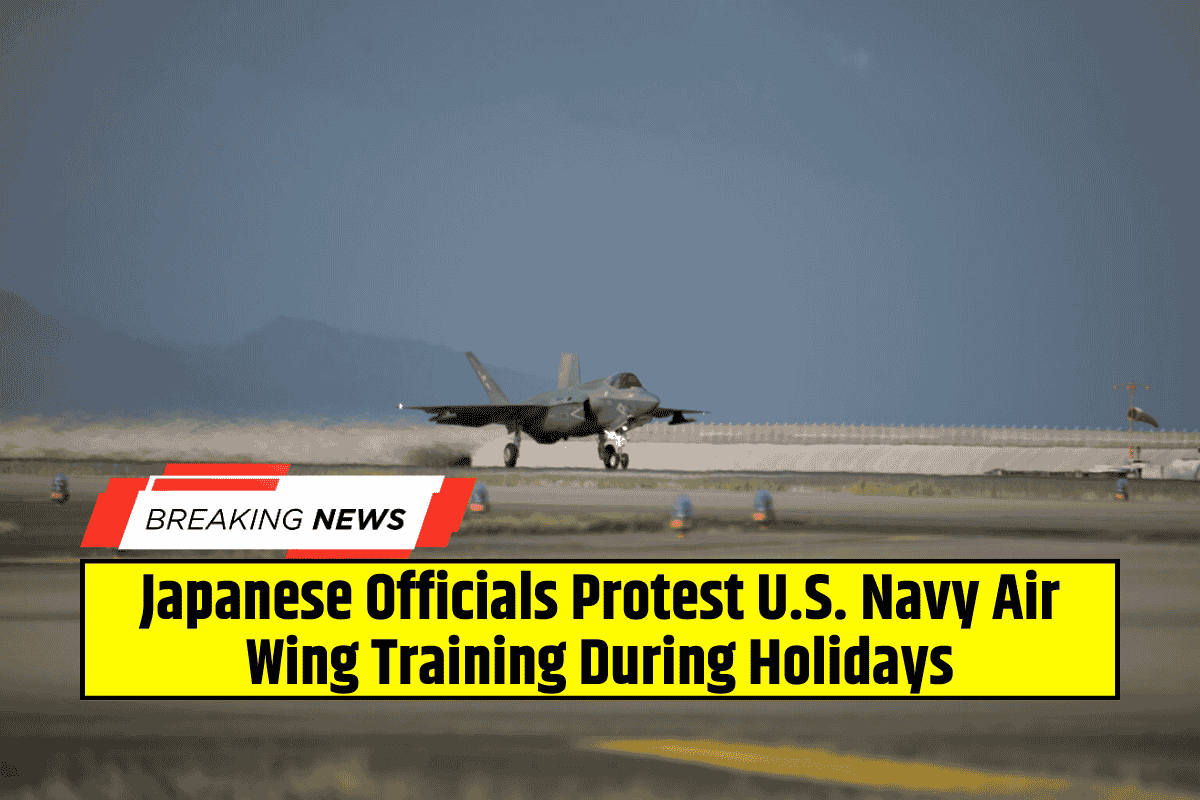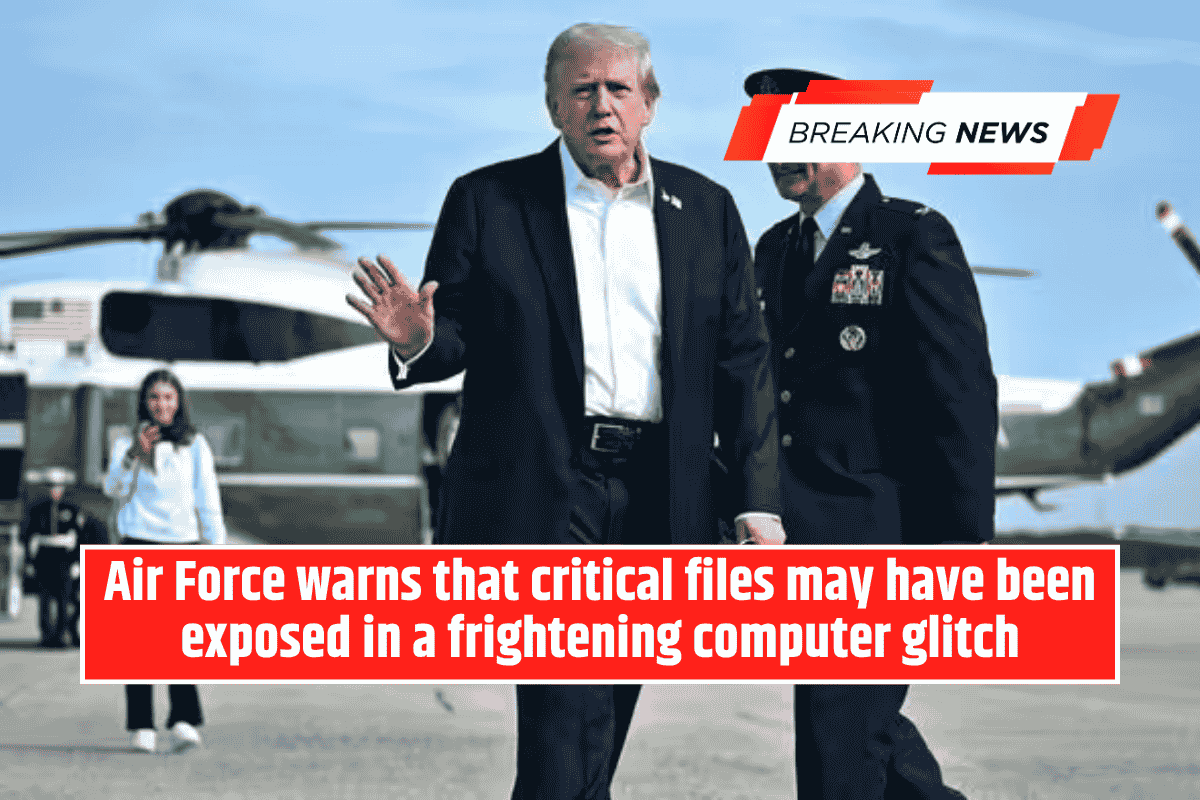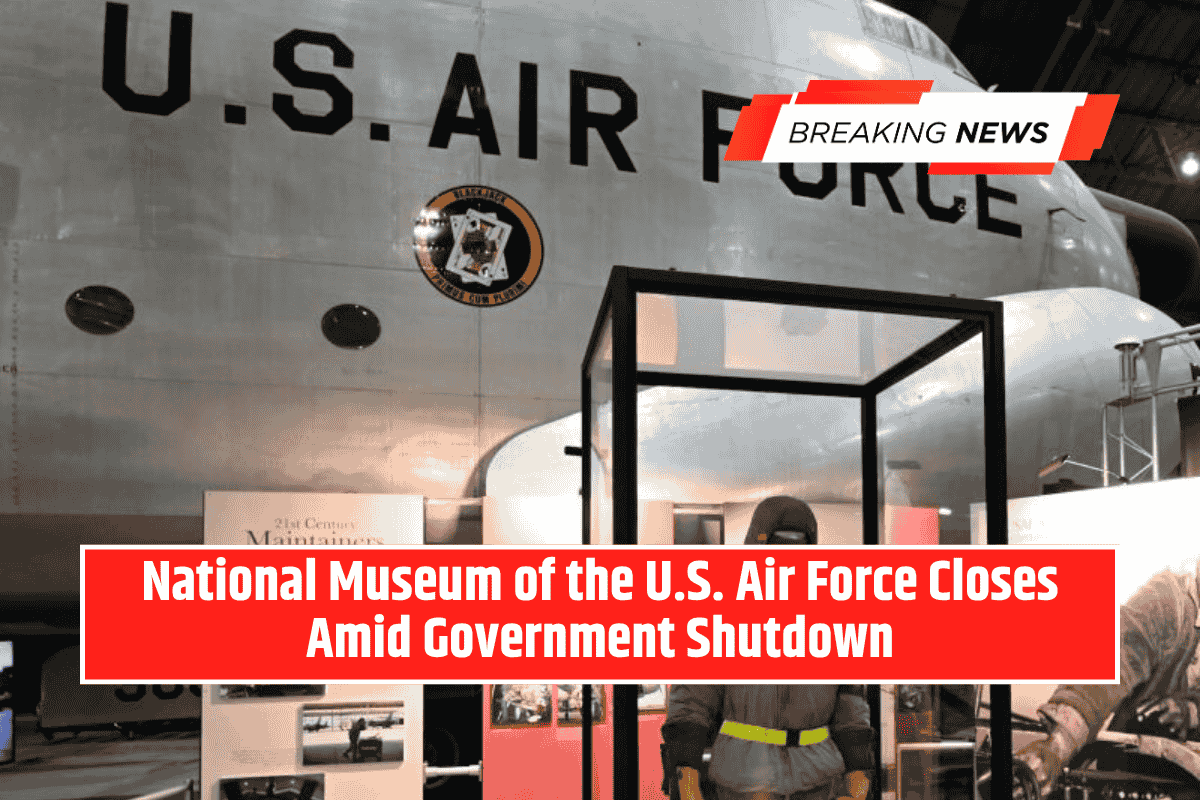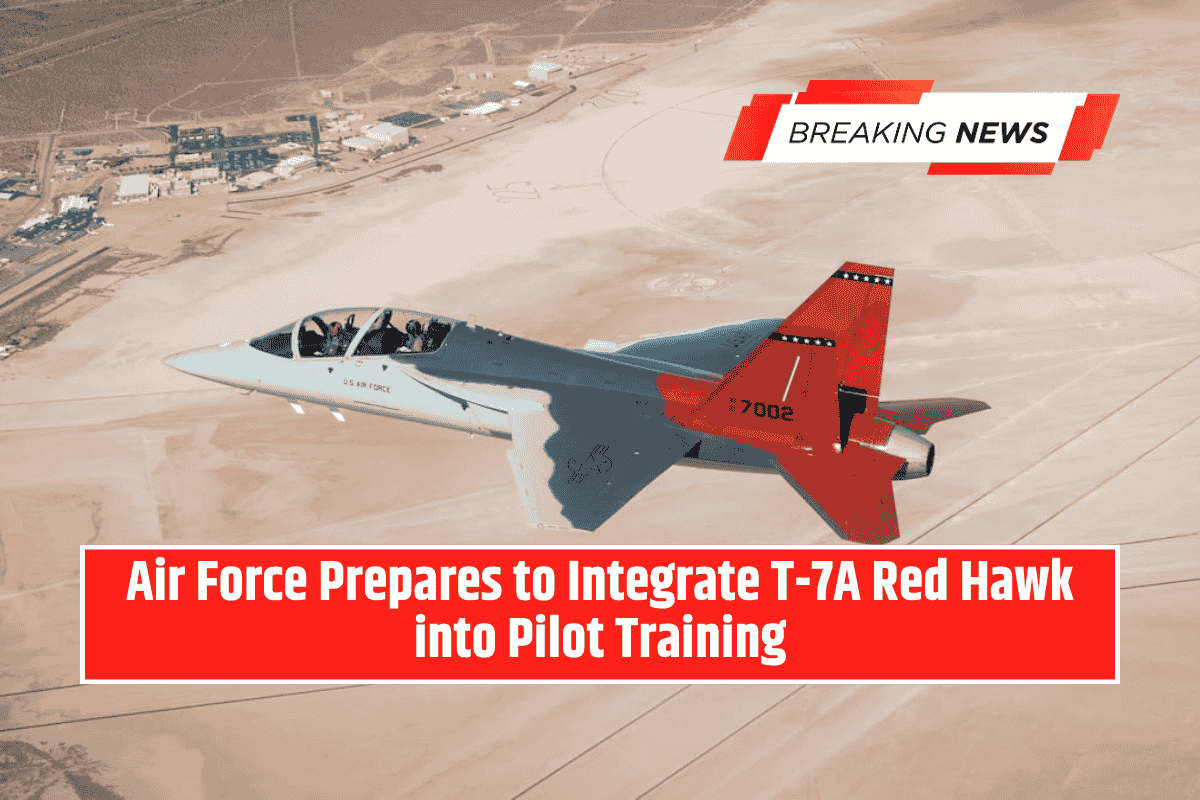Japanese officials are pressing for a ban on fixed-wing aircraft training at U.S. Marine Corps Air Station (MCAS) Iwakuni after the George Washington Carrier Strike Group’s air wing conducted field carrier landing practice (FCLP) during the Autumnal Equinox Day holiday on Sept. 23.
The exercises by Carrier Air Wing 5 (CVW-5) prompted noise complaints and a strong statement of protest from a delegation of mayors, prefectural officials, and Japan’s Ministry of Defense (MOD), Ministry of Foreign Affairs, and the U.S. Embassy in Tokyo.
“As a city that has repeatedly requested that the training be canceled, not only before the training but also during its implementation, we cannot help but feel deeply indignant,” the delegation declared, urging the U.S. to permanently end FCLP training at Iwakuni.
Relocation from Iwo Jima to Iwakuni
The FCLP training was originally scheduled for Iwo Jima, but heightened volcanic activity forced the relocation. Training began on Sept. 17 and concluded on Sept. 26.
Japanese Defense Minister Gen Nakatani acknowledged the public’s frustration but said the training was unavoidable to maintain U.S. deterrence capabilities. He stressed that the U.S. has the right to adjust schedules based on aircraft availability and weather but promised to urge compliance with agreed training hours to minimize the burden on residents.
Volcanic Activity Hampers Training Sites
Officials explained that Iwo Jima remains unsuitable due to volcanic activity. While earthquakes have decreased, smoke is still rising from the volcano, and facilities—including a vital fuel pipeline—remain damaged. Repairs will begin once volcanic activity subsides.
To provide a long-term solution, Japan is constructing an FCLP facility on Mageshima Island, an uninhabited site south of Kyushu. However, labor and material shortages have delayed its completion from 2027 to 2030.
Wider Context of Noise Protests
Military aviation training has long been a contentious issue in Japan, where many bases are near population centers. Both U.S. and Japanese forces have shifted some training to more remote bases, and in some cases, the U.S. has used Guam as an alternative.
The MOD had also designated Nyutabaru Air Base on Kyushu as a temporary training site for Japan’s F-35B fighters, but strong protests from residents have forced a review of that plan.
Future Outlook
Defense Minister Nakatani reaffirmed that he would continue pressing the U.S. to conduct FCLP at Iwo Jima once safe, and ultimately at Mageshima after its facilities are completed.
Until then, tensions are likely to persist between the operational needs of the U.S. military and the concerns of Japanese citizens living near bases like Iwakuni.








